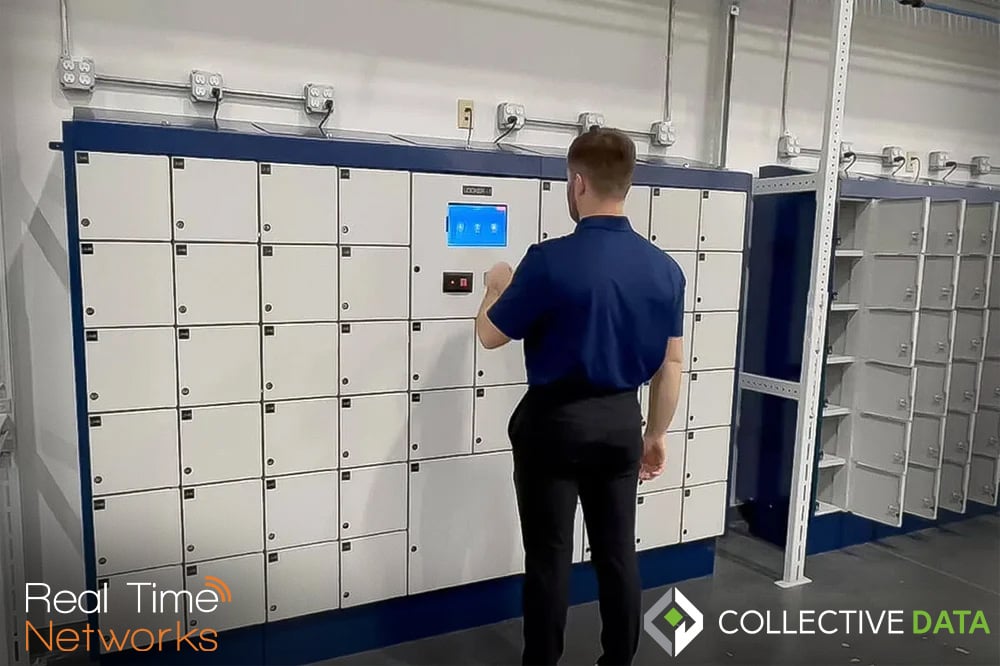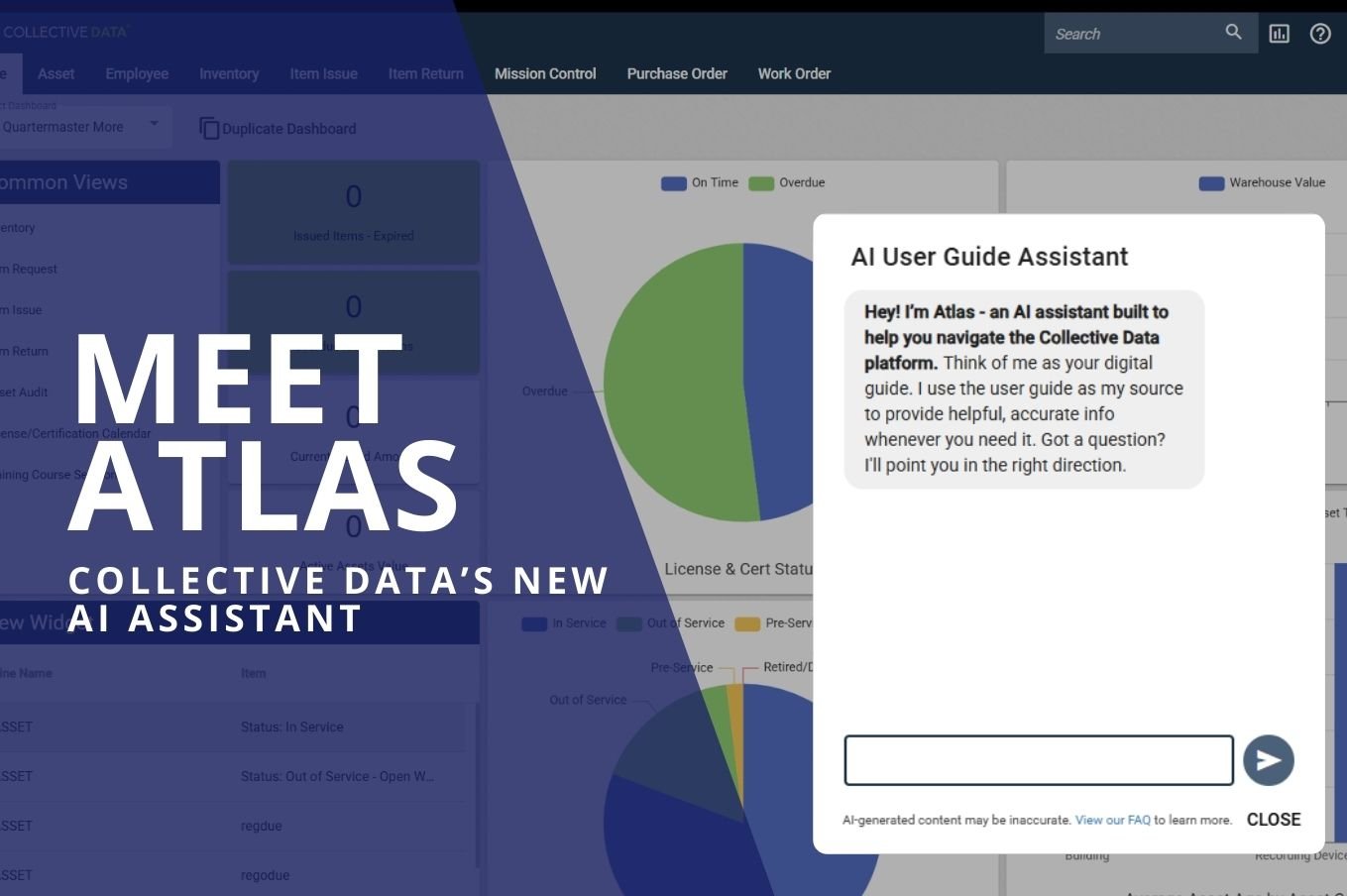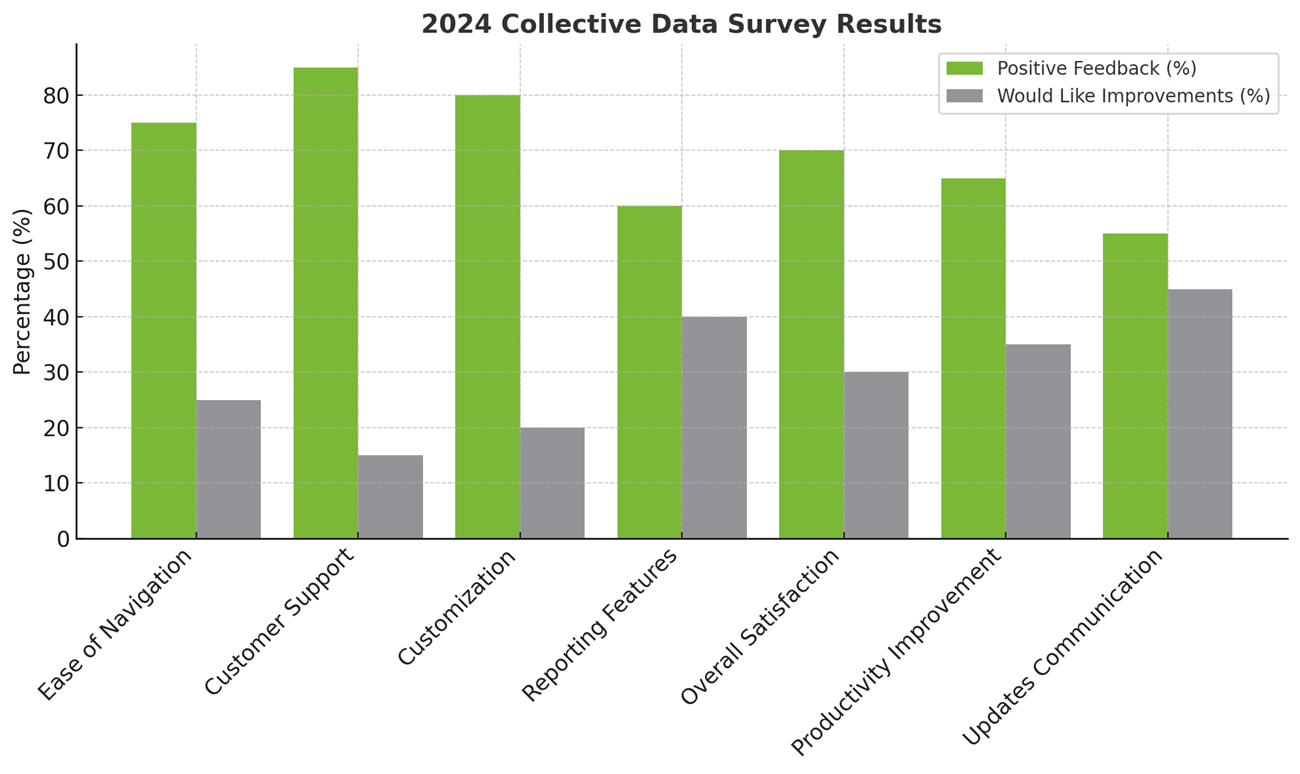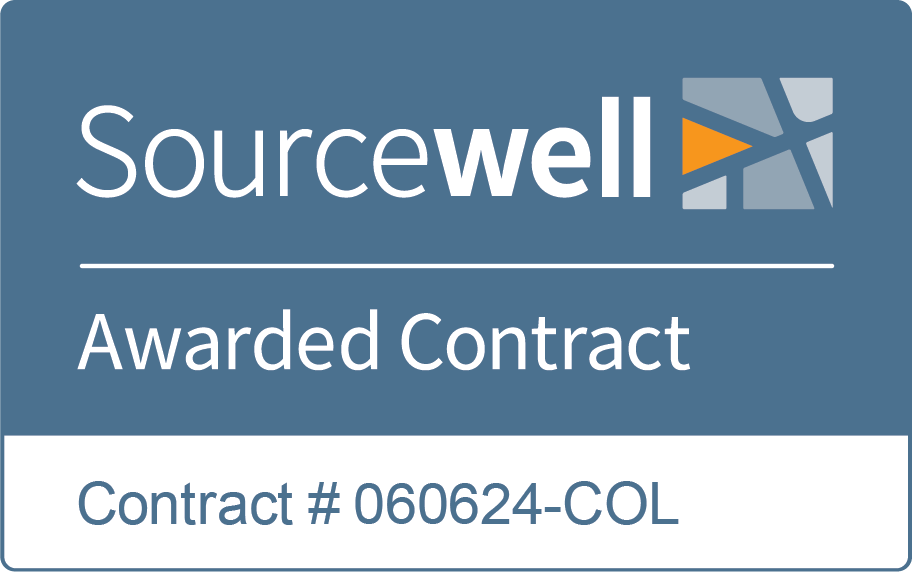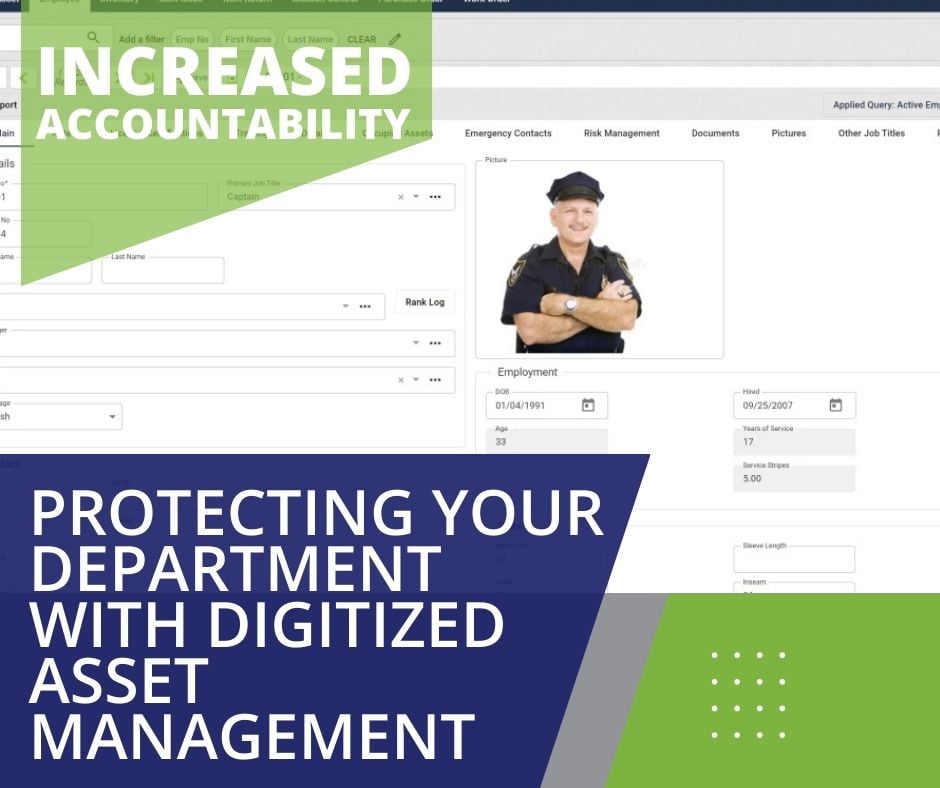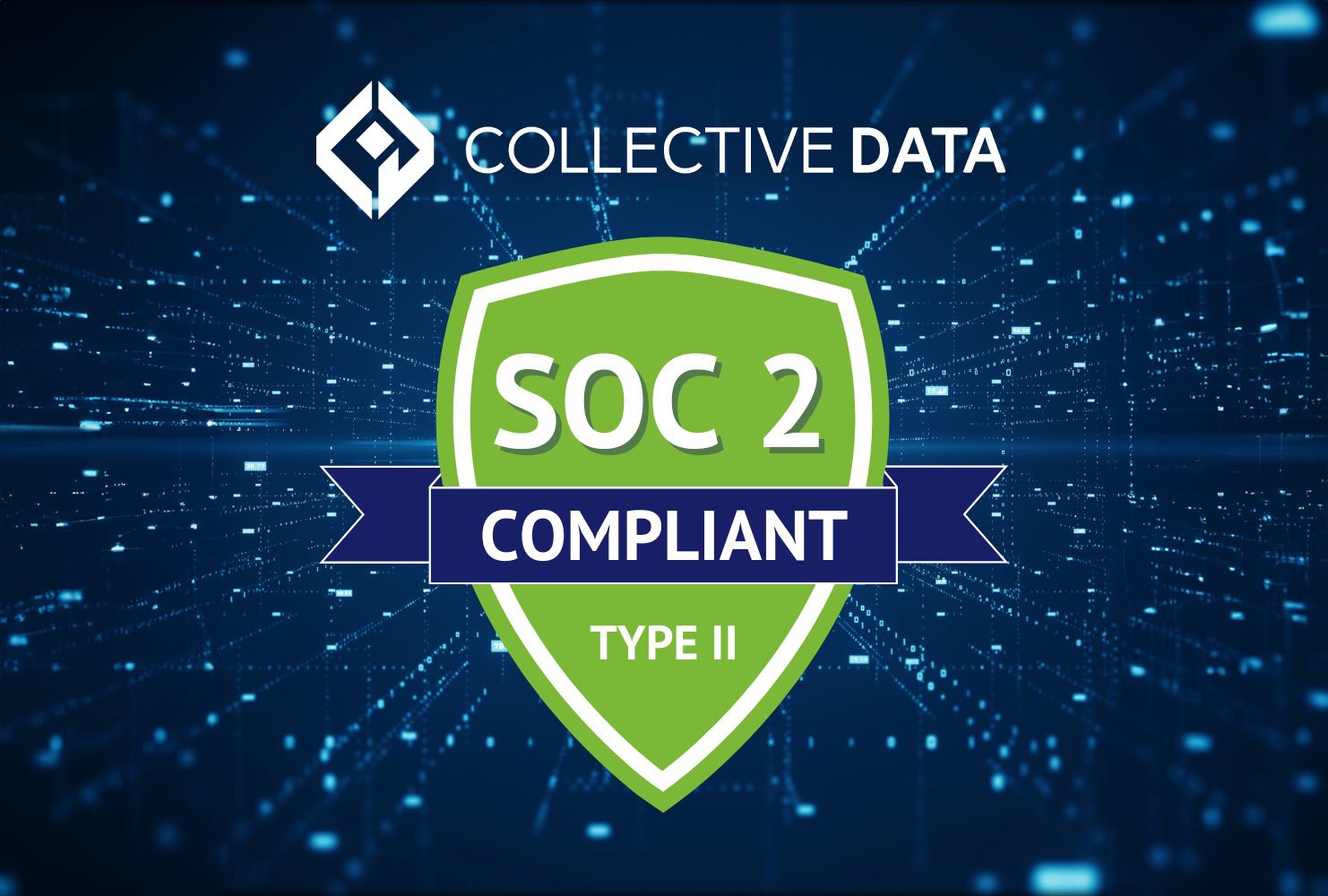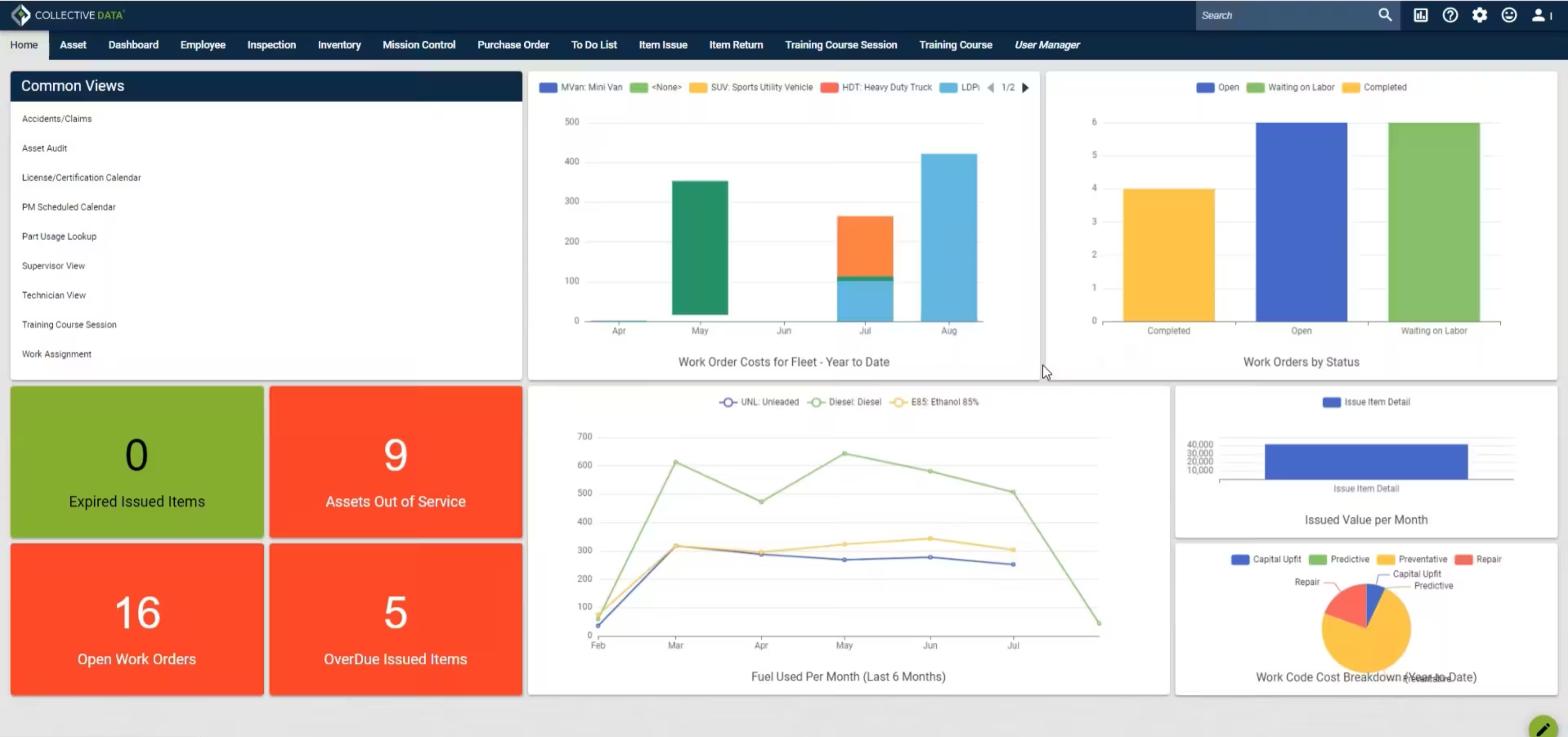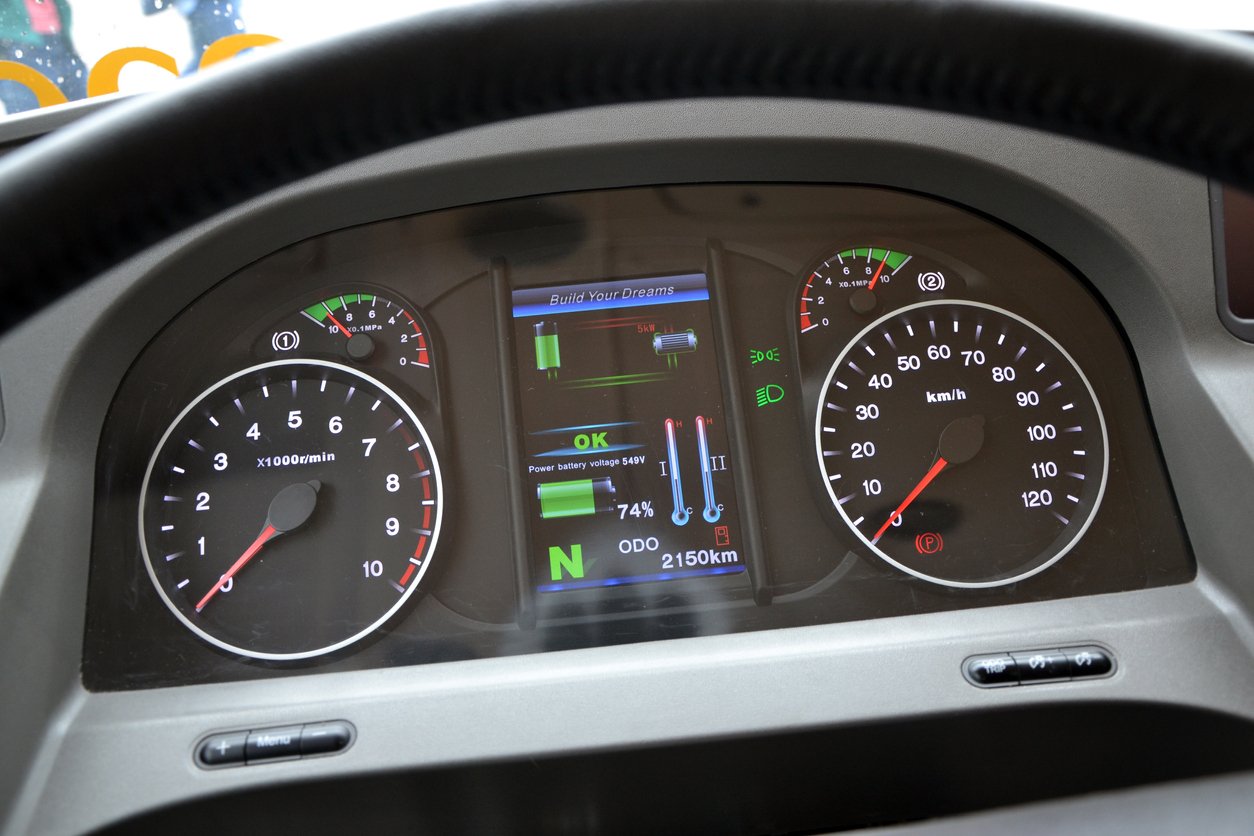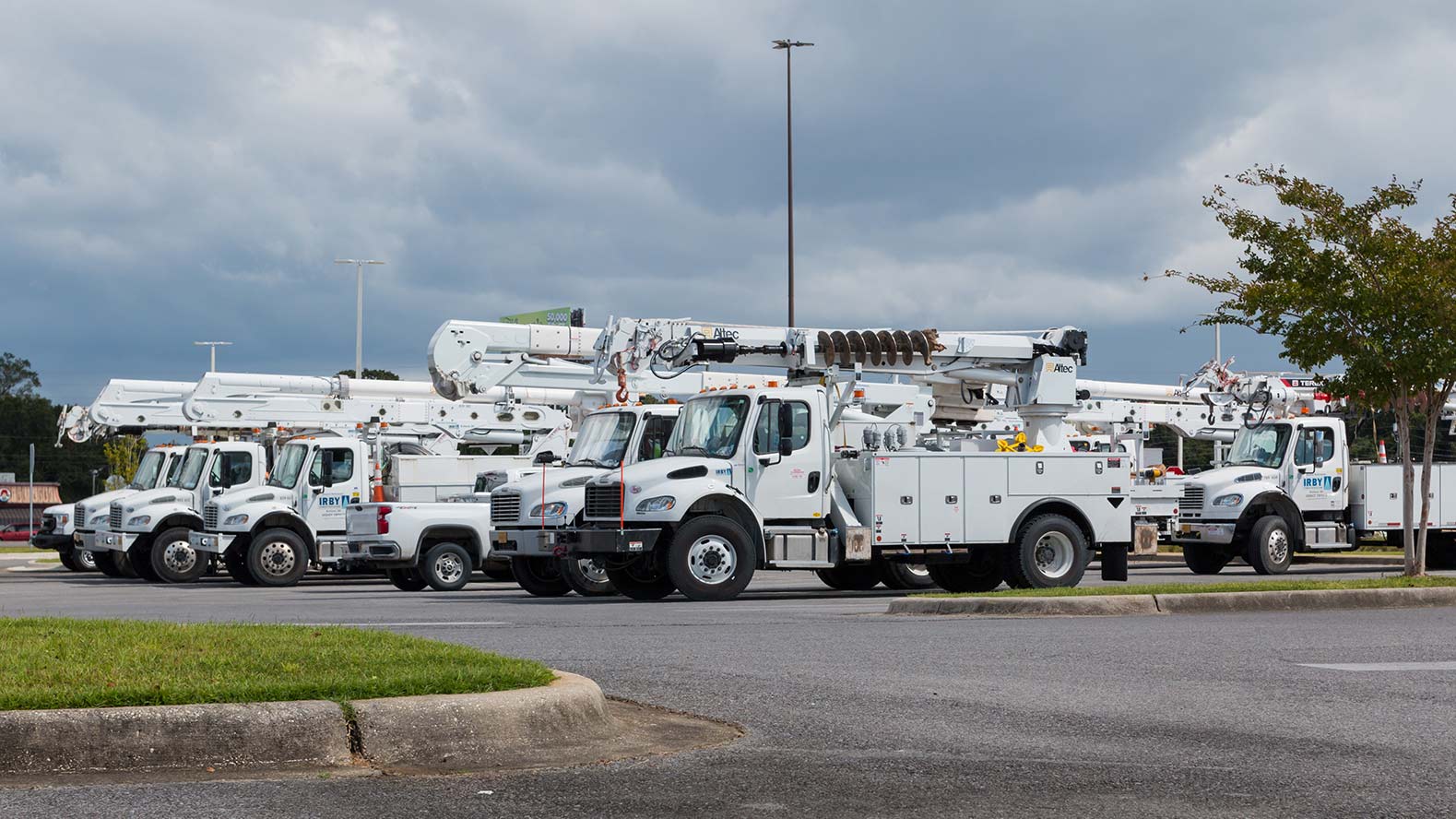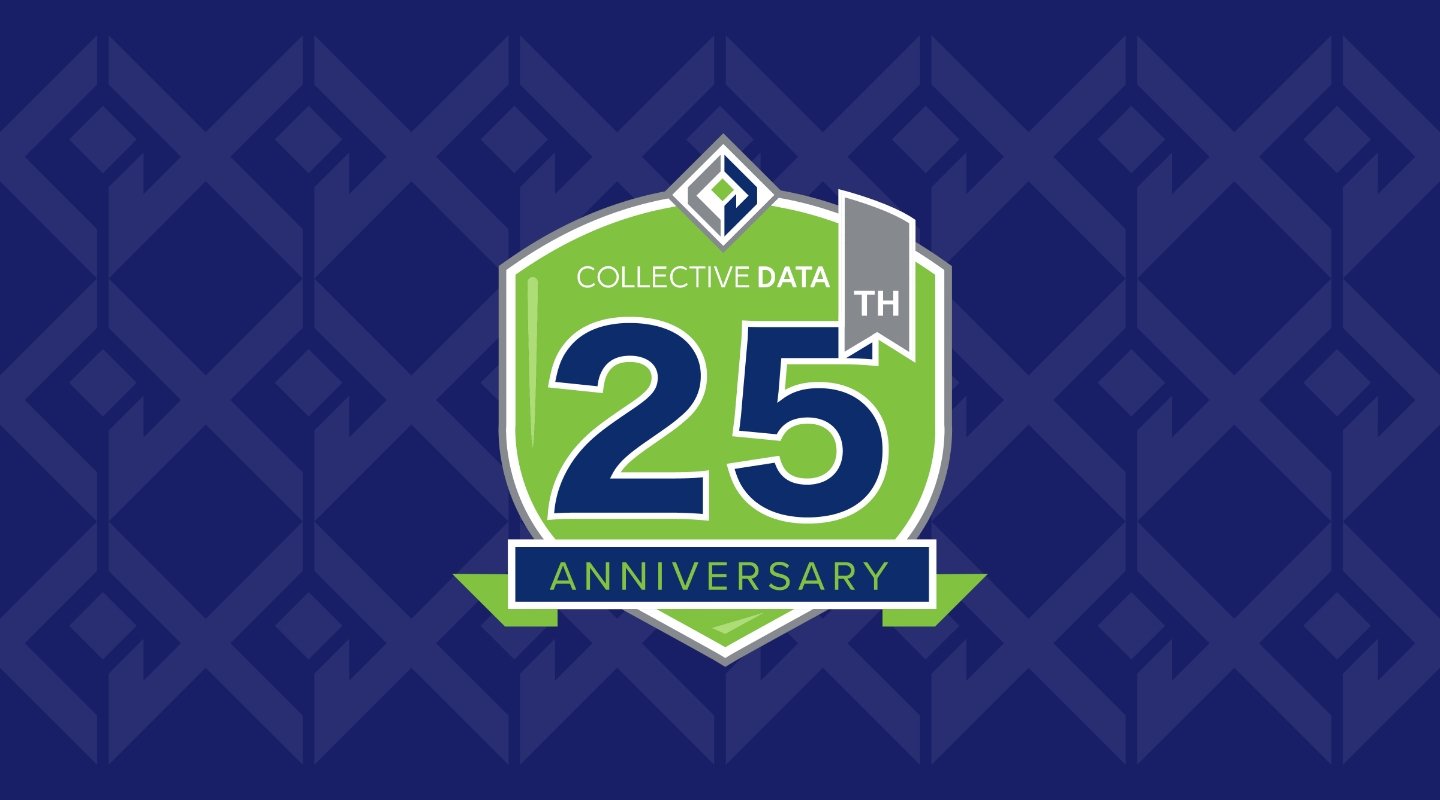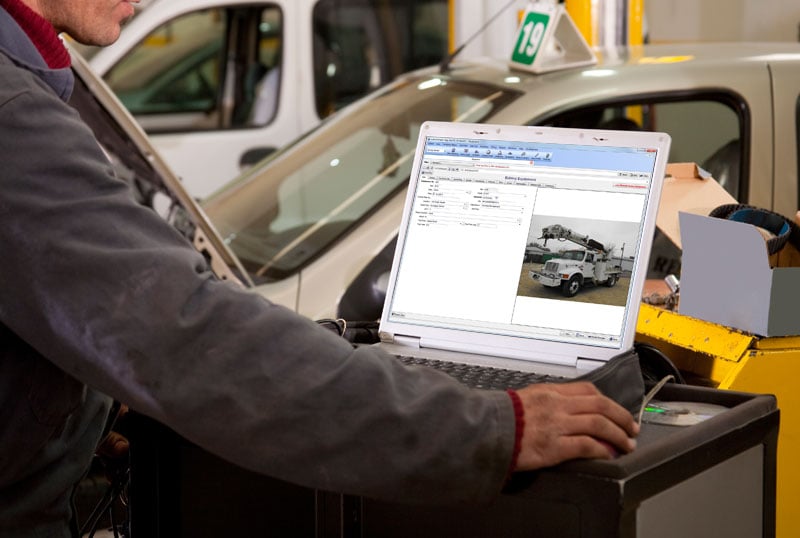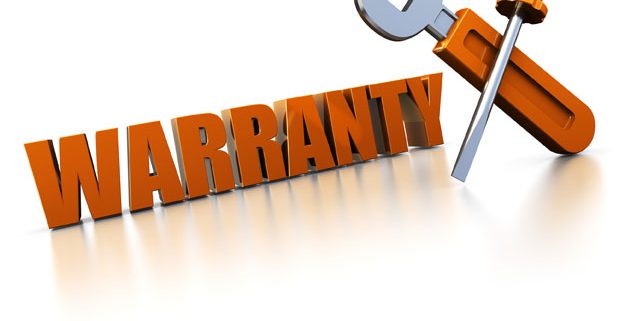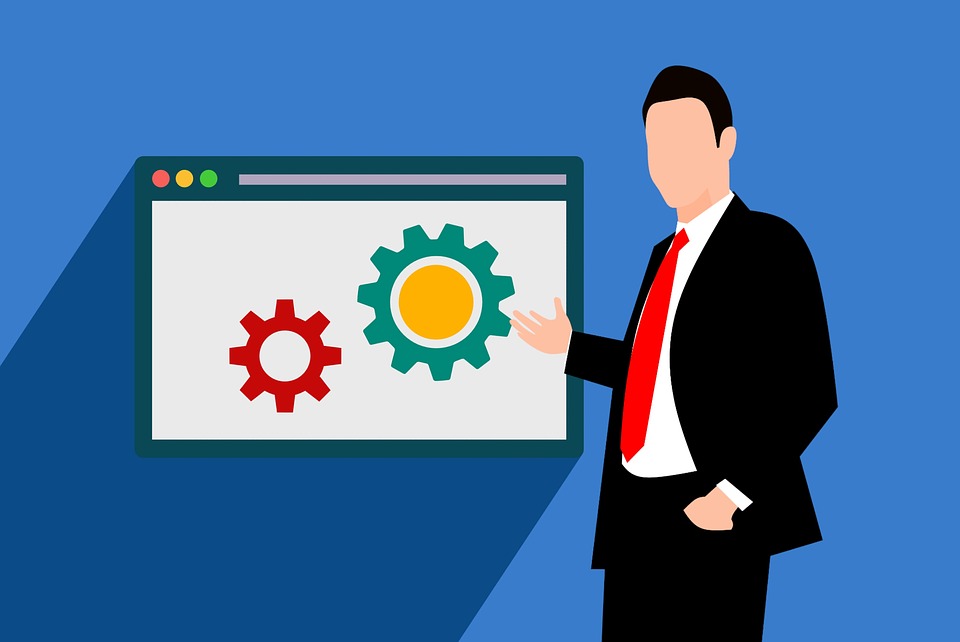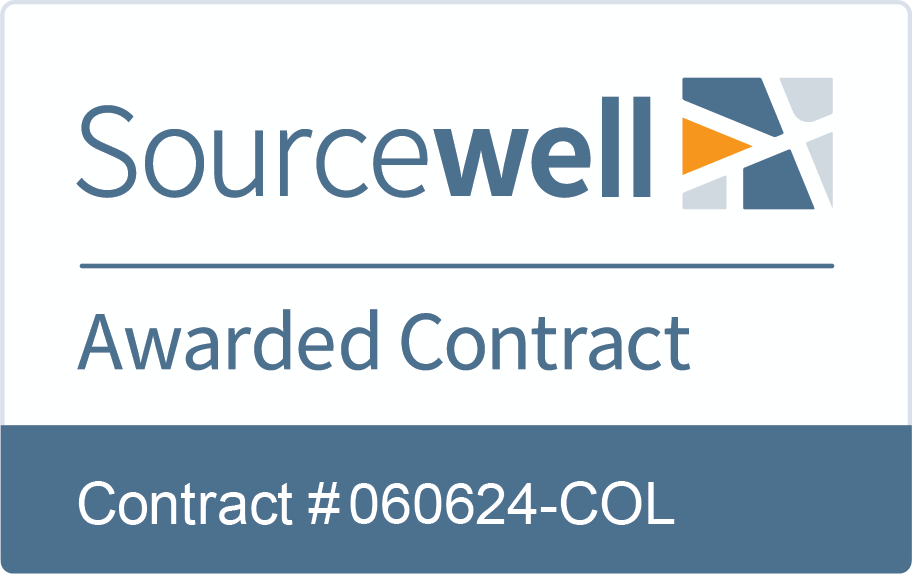A good asset management system is one designed to best fit your organization. In this, we will provide FOUR recommended fundamental components for asset management software that have been proven to reduce costly inventory errors and save you time. Note: This content can be read in full at this link.
Standardize both fixed and inventory assets
Daily or weekly printed apparatus checklists or spreadsheets are outdated. They also do not provide the extra level of management needed to track maintenance, certifications, and expiration dates for fixed assets, or the inventory replacement levels for things like batteries and uniforms that cannot be repaired.
Forecast asset replacement up to 30 years
A well-built software solution can help you create a strategic approach for how to expend funds by giving you real-time visibility into how your assets are performing, predicting maintenance needs using the APWA formula, and alerting you to outdated equipment that needs replacement — keeping your team and the public safer.
Using a scoring system in compliance with APWA standards and your department’s size and budget enables you to predict your apparatus replacement needs for up to 30 years. The system also enables your team to track and manage when your apparatus needs scheduled maintenance.
Your most valuable asset – your team
Centralizing data is extremely valuable for organizations. By integrating the management of assets and employees, the relationships between each (including tracking licensing and certifications), can be better managed. For example, operating particular assets can be correlated with the issuing (or revocation) a vehicle, or vehicle inspections and maintenance can be tracked in the same database.
Auditing + reporting + transparent data = SUCCESS
In many cases, it takes multiple years, detailed proposals, and extensive justifications to get department budgets approved — especially for more expensive apparatus needs. Having accurate and transparent reporting allows you to pull fiscal evidence during budget requests — using black-and-white needs for fixed or inventory assets. This removes the process of creating a “best-educated guess” and actually calculates to the penny the total cost of ownership for all assets being used by the organization.
Asset management software must-haves
- Accessibility from computers or mobile devices —whether the system is web-based or on your network
- Full barcode compatibility
- Maintenance requests, preventative maintenance and inspections
- Configurable security, assuring appropriate access levels for each user
- Powerful filtering
- The ability to easily import and export data
- Full user-audit capability including information about who deleted, added, or changed data
- The flexibility to allow changes to the system, fields, or workflow to better suit your needs today and for years to come
- Asset and inventory auditing for annual reconciliations
For more information, you can download the full How to Reduce Cost and Save Money guide here.




